MORE GREAT TITLES FROM NATIONAL TRUST BOOKS
sign up for our newsletter here
tap to read more



 www.anovabooks.com
www.anovabooks.com
Jane Eastoe
Herbs
Inspiration and practical advice
for gardeners

First published in the United Kingdom in 2009 by
National Trust Books
10 Southcombe Street
London W14 0RA
An imprint of Anova Books Company Ltd
Copyright National Trust Books
Text copyright Jane Eastoe
All rights reserved. No part of this publication may be reproduced, stored in a retrieval system, or transmitted in any form or by any means electronic, mechanical, photocopying, recording or otherwise, without the prior written permission of the copyright owner.
First eBook publication 2014
ISBN 9781909881143
Also available in hardback
ISBN 9781905400836
This book can be ordered direct from the publisher at
www.anovabooks.com , or try your local bookshop.
Also available at National Trust shops and www.nationaltrustbooks.co.uk .
INTRODUCTION
The technical definition of a herb is any aromatic plant that can be used for food and medicine, scent or flavour. It encompasses many thousands of plants, from familiar culinary herbs such as parsley, sage, rosemary and thyme to those with lower gastronomic profiles such as orach, sorrel and lovage. It includes plants many may consider common garden weeds. These aromatic leaves, flowers, roots and seeds have been used for many thousands of years: herbs provided nutrition, flavouring, medicine, dyes and cosmetics from the moment man started gathering as well as hunting.
H erbs are powerful plants: they are packed with nutrients, vitamins and minerals. Some form the basis of important drugs: yew, foxglove and poppy are the sources of the cancer treatment taxol, the heart drug digitalis and the painkiller morphine respectively. However, the focus of this book is on culinary herbs: beautiful, fragrant plants that have the power to transform the simplest dish. An omelette takes only a moment to make, but add a fines herbes mix (parsley, chervil, chives and the merest hint of tarragon) and you will have a meal fit for a prince or even the most demanding restaurant critic.
Our ancestors used herbs on a daily basis, but, with the industrialisation of food processing, the British fell out of the habit. My parents, born at the start of the 20th century, were typical of their generation. Food was plain and simple and, while they grew some fruit and vegetables, herbs were not part of the package, the only exception being an unruly patch of mint, which was regularly raided for mint sauce. But there was no parsley, bay, sage or thyme and the rosemary was purely decorative. They would not have dreamt of using garlic.
PARSLEY WITH EVERYTHING
The British appear to be the only nation whose culinary history was affected by such a herbal blip. Herbs form a central part of the native diet in Mediterranean and Scandinavian countries, as well as in Africa, Asia, China and the Americas. Betty MacDonald waxes lyrical about the power of herbs in her autobiographical story The Egg and I, written in America back in the mid-1940s:
Between the rhubarb plants were parsley, chives, basil, thyme, sage, marjoram, anise and dill. I put parsley in everything but ice cream, Bob said, but even he admitted that tomato sauce, stew, kidney saut, spaghetti or meat pie seemed tasteless without fresh basil once you had tasted them cooked with it.
MacDonald was not to know that some 60 years later parsley ice cream would be considered a gourmet delicacy.
It is a curious anomaly that the British twin passions for both gardening and cookery have not coincided to produce gardens stuffed with culinary herbs. As our interest in self-sufficiency grows, we are taking on allotments, keeping chickens and fretting over the provenance of our food. Yet vast numbers of us still regularly buy neat little cellophane-wrapped packets of fresh herbs from the supermarket (that is, when they have what we want in stock), without ever thinking to plant the very same plants in the garden so that we have a permanent supply. There should not be a garden or window box in the land that isnt home to some of the most basic culinary herbs after all, you might buy herbs for a special meal, but will you buy three separate packets simply to flavour a stew? Buying fresh herbs is an unnecessary expense when most of us could buy the plant for the garden at very little extra cost or a packet of seeds at a fraction of the cost.
GROW YOUR OWN
Herbs are deliciously easy to grow and are, without exception, beautiful plants that contribute much to any garden design. In growing herbs you can take the moral high ground, for not only will your garden be fragrant and beautiful, it will be practical and functional to boot. In taking the plunge to grow a diverse range of aromatic plants you will find your use of herbs in the kitchen will multiply and your familys appreciation of your culinary endeavours will grow tenfold. It has taken me far too many years to discover the twofold secret of cooking good food: first and foremost, dont wander out into the garden and forget that you have a steak in the pan; secondly, have a plentiful supply of fresh herbs on hand to use on a daily basis.
This book contains information on 40 of the most popular culinary herbs. It tells you how to use them, what they taste like and how to grow them. It also has a few words on the medicinal properties of these culinary favourites. The focus is on beautiful plants that you will want to cultivate in your garden I have omitted many of the delicious wild herbs, such as broom, that proliferate in the countryside. Information on these can be found in Wild Food, another book in this series ().
IMPROVISING AND EXPERIMENTING
Once you expand your range beyond the basics you will quickly discover the subtleties of flavour that some of the more unusual herbs or exotic varieties can offer. Experience will encourage you to experiment. In her book Une Soupe aux Herbes Sauvages, Emilie Carles describes collecting plants in her native south-eastern France:
I make good use of my walk gathering the plants I will need for my soup of wild herbs This one is rib grass, and over there wild sorrel, tall drouille with its broad smooth leaves, nettle or salsify, sedge, yarrow, chalabri with its broadly scalloped leaves and white flowers, tetragonia or wild spinach, some langue bogne of the light pink flowers and slim bright green leaves, a sage leaf and a sprig of chive. Then I add a touch of garlic, a few potatoes or a handful of rice and I get a rich and delicious soup. To make it come out right you have to watch the proportions. Not more than a bit of each herb is required; no single one should stand out too bitter, too acid or too bland. Such is my wild herb soup.

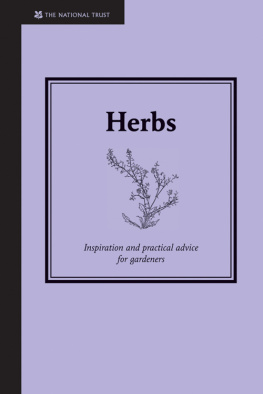
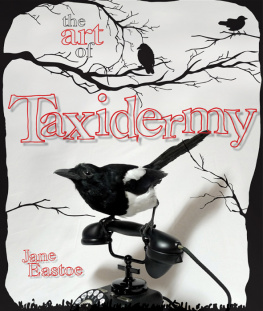
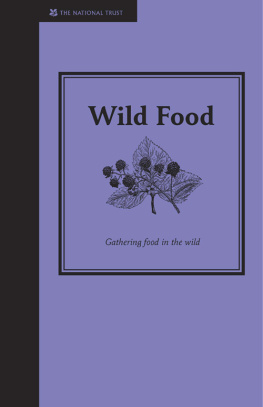

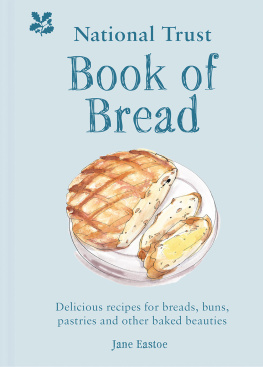
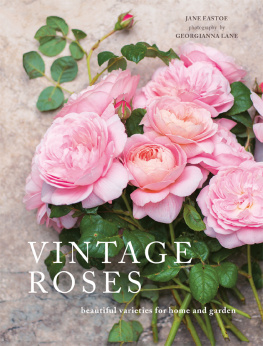
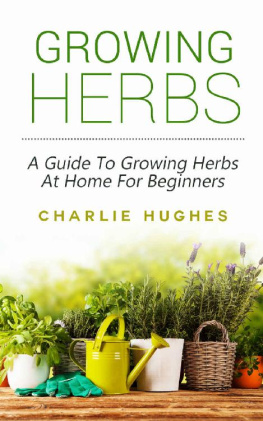
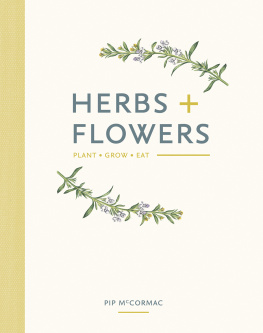

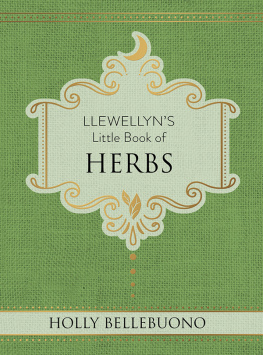

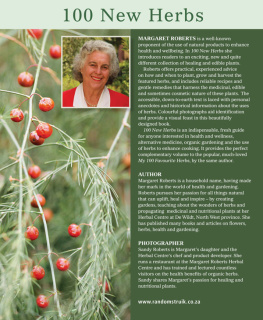
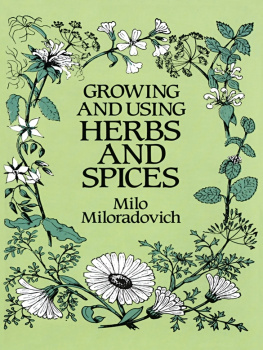
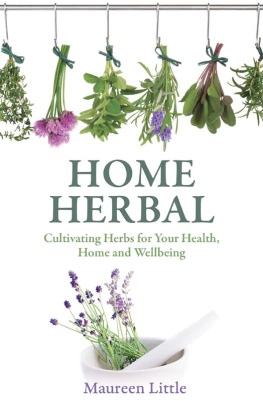
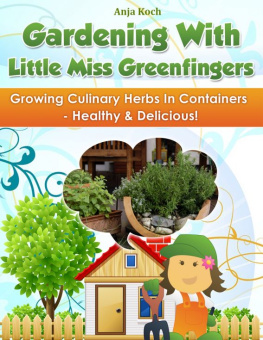
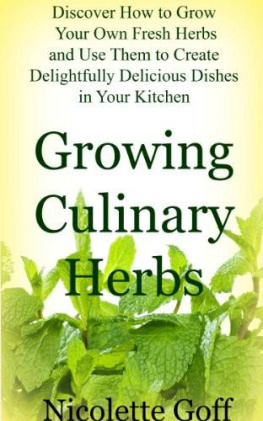




 www.anovabooks.com
www.anovabooks.com